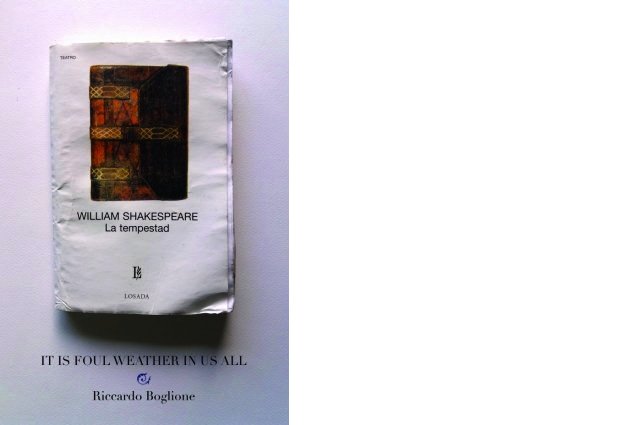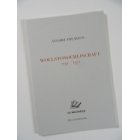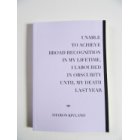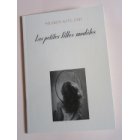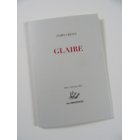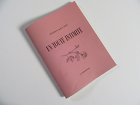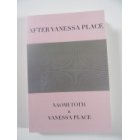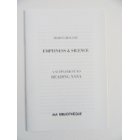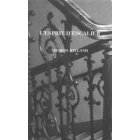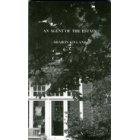It is Foul Weather in Us All
Riccardo Boglione sent copies of Shakespeare’s The Tempest to twelve artists living in Europe and America, each copy in the language of the country of residence of the artists, asking them to leave the book outside to the weather for as long as they wanted. The pages from those mistreated volumes
reconstruct a Frankensteinian version of the play. In an extension of the metaphor of the tempest, the author gathers a small collection of injured volumes, mimicking Prospero’s book. Simultaneously he produces a version of Shakespeare’s play that shakes notions of authority (who is the real author? The
invited artists? The English Bard? Boglione? The translators? Bad weather? Time?) and aesthetics (the ‘work’ of rain, snow, wind, and sun transformed the text’s characteristics, giving it a sculptural dimension that obfuscates its literary one). At stake once again, the perpetual dualisms: objects and words, nature and culture, Old and New World.

